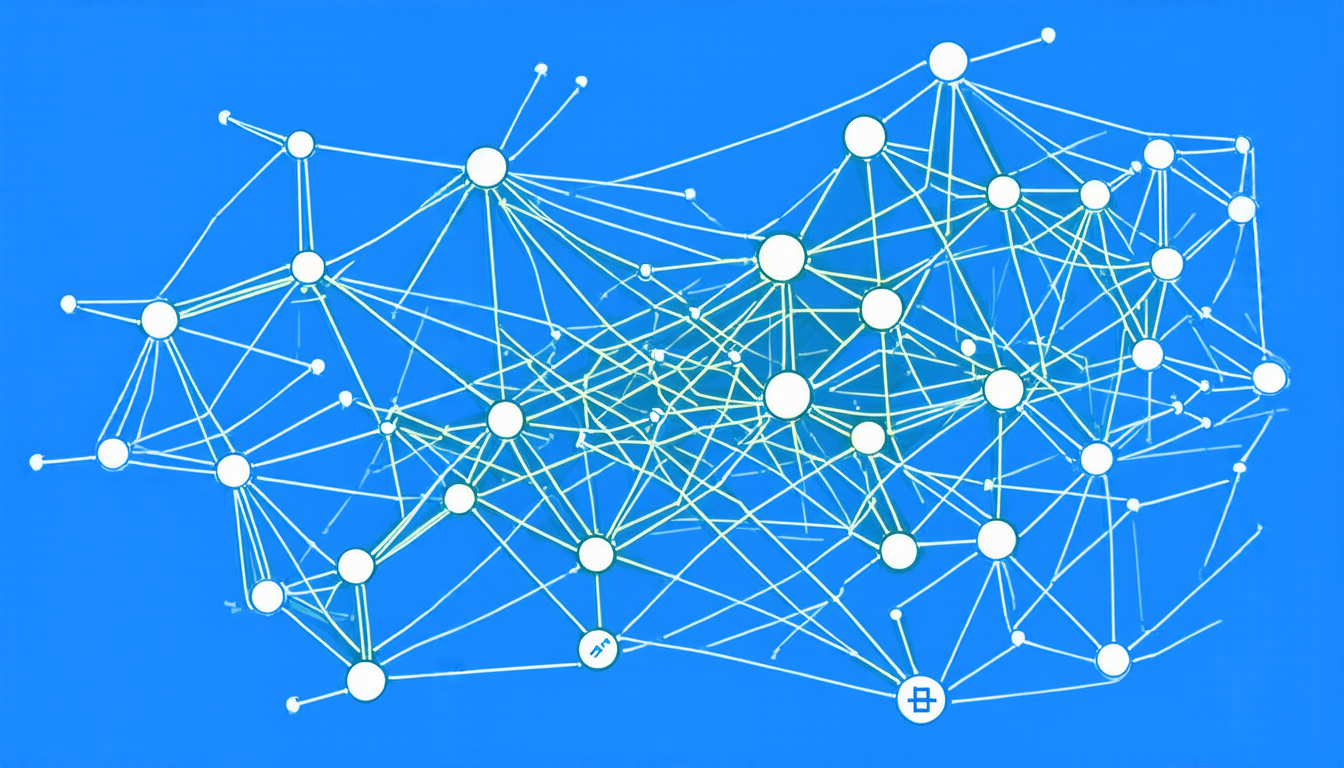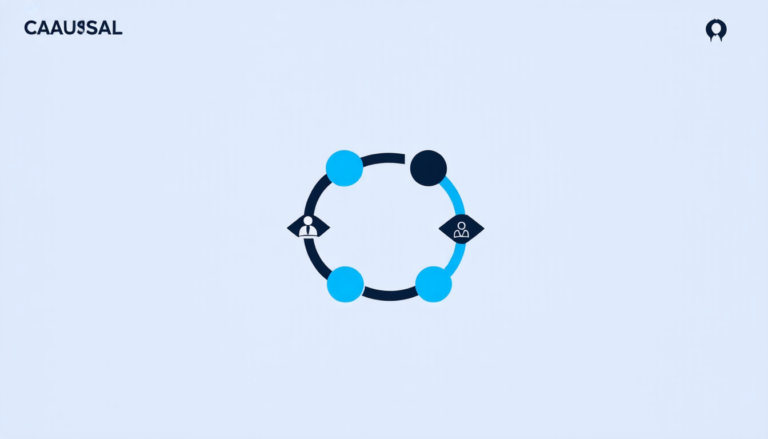Sunday 02 March 2025
Researchers have made significant progress in developing a new method for analyzing complex data sets, particularly those related to social and behavioral sciences. The technique, known as Bayesian analysis of nonlinear structured latent factor models using Gaussian Process Prior, has been shown to be highly effective in identifying underlying patterns and relationships within large datasets.
The approach is based on the idea of latent factors, which are hidden variables that cannot be directly observed but can be inferred from other available data. In many cases, these latent factors can provide valuable insights into complex systems or phenomena, such as human behavior or social networks.
One of the key challenges in analyzing such data sets is identifying the underlying structure and relationships between the different variables involved. This can be a difficult task, especially when dealing with non-linear relationships, where small changes in one variable can have large effects on another.
The new method uses a combination of Bayesian analysis and Gaussian Process Prior to identify these latent factors and their relationships. The Bayesian approach provides a powerful framework for modeling uncertainty and making probabilistic statements about the underlying structure of the data. The Gaussian Process Prior is used to specify a prior distribution over possible values of the latent factors, which helps to regularize the estimation process and avoid overfitting.
The results of the study demonstrate that this new method can be highly effective in identifying latent factors and their relationships. For example, in one experiment, researchers were able to identify several underlying patterns in a dataset related to oil flow rates, including non-linear relationships between different variables.
The implications of this work are significant, particularly for fields such as social sciences and marketing research. By using this new method, researchers can gain deeper insights into complex systems and phenomena, which can inform policy decisions and business strategies.
In addition, the approach has potential applications in other areas, such as medicine and finance. For example, it could be used to identify underlying patterns in medical data related to disease progression or treatment outcomes, or to analyze financial data and identify trends or anomalies.
Overall, this new method represents an important advance in the field of data analysis and has significant implications for a wide range of applications.
Cite this article: “Bayesian Analysis Reveals Hidden Patterns in Complex Data Sets”, The Science Archive, 2025.
Bayesian Analysis, Nonlinear Structured Latent Factor Models, Gaussian Process Prior, Data Sets, Social Sciences, Behavioral Sciences, Complex Systems, Relationships, Uncertainty, Regularization.







